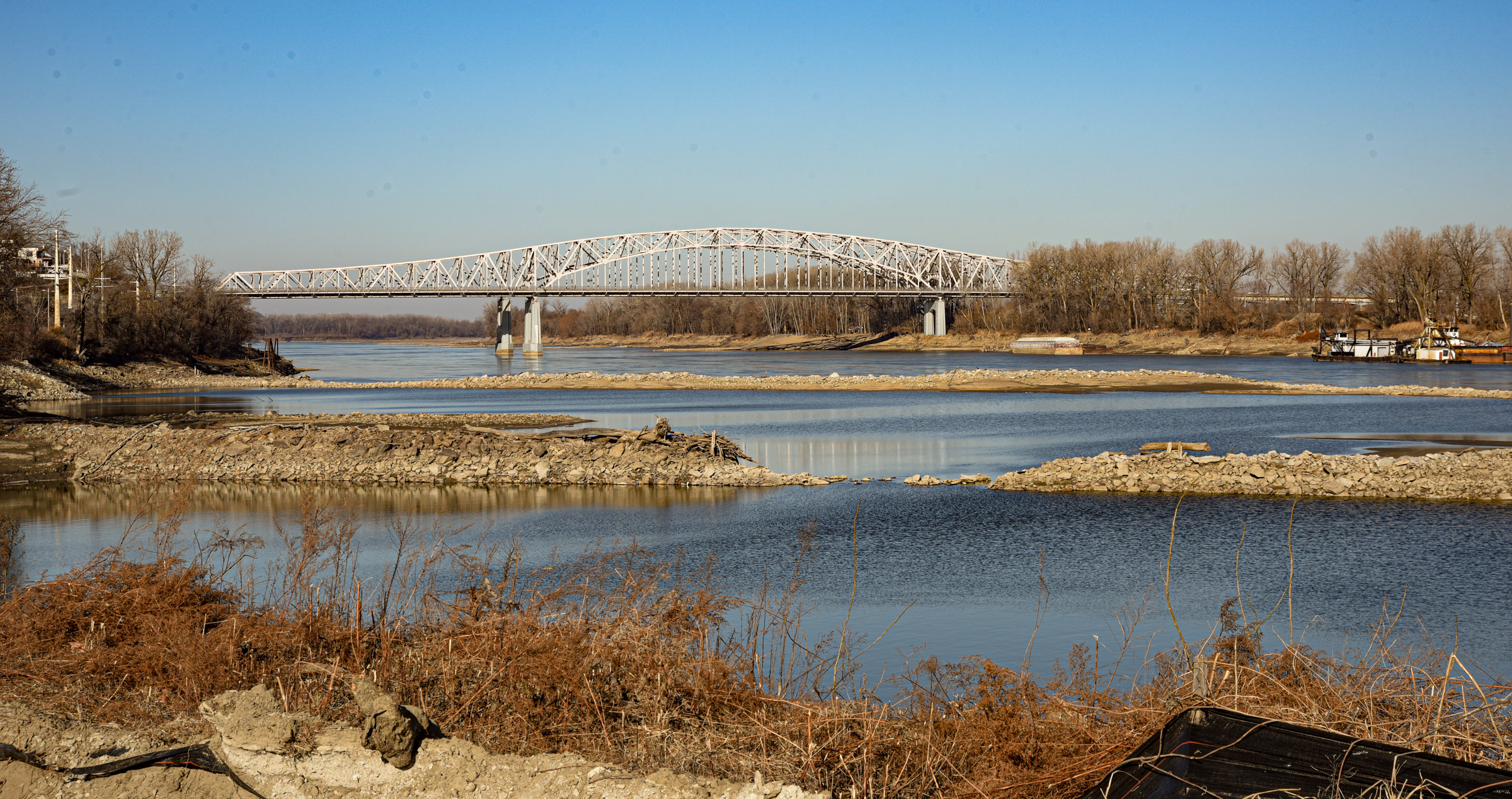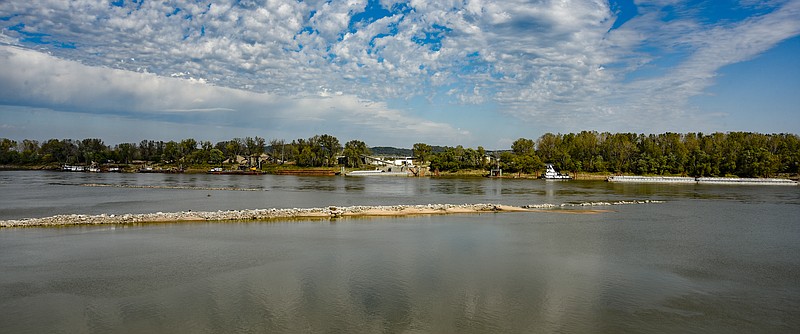The Kansas City District of the U.S. Army Corp of Engineers recently received funds to make repairs to structures on the Missouri River that were damaged over the years, culminating in the floods of 2019.
The bulk of the repairs will be done in Central Missouri.
The Kansas City District goes from Rulo, Nebraska, down to the confluence with the Mississippi River at St. Louis, nearly 500 miles.
"The stretch from St. Louis to the Osage River has the most repairs, and the stretch from the Osage to the Grand River has the next most," said Dane Morris, program manager for Navigation Restoration on the Missouri. "As you get closer to the confluence in St. Louis, there is more flow, and with more flow, you have more stress on structures, and it takes more to repair them."
Many of the structures to be repaired are dikes which are made perpendicular to the flow and stick out in the river.
"The high flows of 2019 damaged all the dikes, degrading the rock and pushing them down and moving them around," Morris said.
Morris said this section of the Missouri is a self-scouring navigation river which is unique to inland waterways in this country.
"Most inland waterways in the U.S. are maintained by a series of locks and dams in the navigation channel," Morris said. "There are no locks on this section of the Missouri. If dikes are damaged, they can't do their job of self-scouring and that causes excess erosion and destabilization of the channel."
The Kansas City District was awarded $78 million for this work, and Morris said 50 percent of the repairs are complete.
"We expect to have another slug of contact awards in the summer," Morris said. "We have over 7,000 river control structures and most of those will be repaired and additional structural placement will also be done. We'll be using up to 5 million tons of rock."
Morris said the intent is to have all structures repaired by December 2025. The timeline is primarily driven by the limitations of available contractors to perform the work and the supply of rock to place on structures.
Corps officials said the forecasted drought and remaining damaged structures may result in navigation challenges this year on the Missouri River. The current expected level of flow support for river navigation will be 8 feet deep instead of the norm of 9 feet deep in the channel.
"The work we're doing with these projects has nothing to do with flood control," Morris said. "We're just taking the river back to where it was prior to the 2019 flood."
 Julie Smith/News Tribune File Photo Dec. 2021 This view will now be available to the general public who visit Deborah Cooper Park at Adrian's Island following the opening of the Bicentennial Bridge. The Missouri River, wing dykes and banks all fall under the purview of the Corps of Engineers which gave a status update of projects on the river.
Julie Smith/News Tribune File Photo Dec. 2021 This view will now be available to the general public who visit Deborah Cooper Park at Adrian's Island following the opening of the Bicentennial Bridge. The Missouri River, wing dykes and banks all fall under the purview of the Corps of Engineers which gave a status update of projects on the river.
